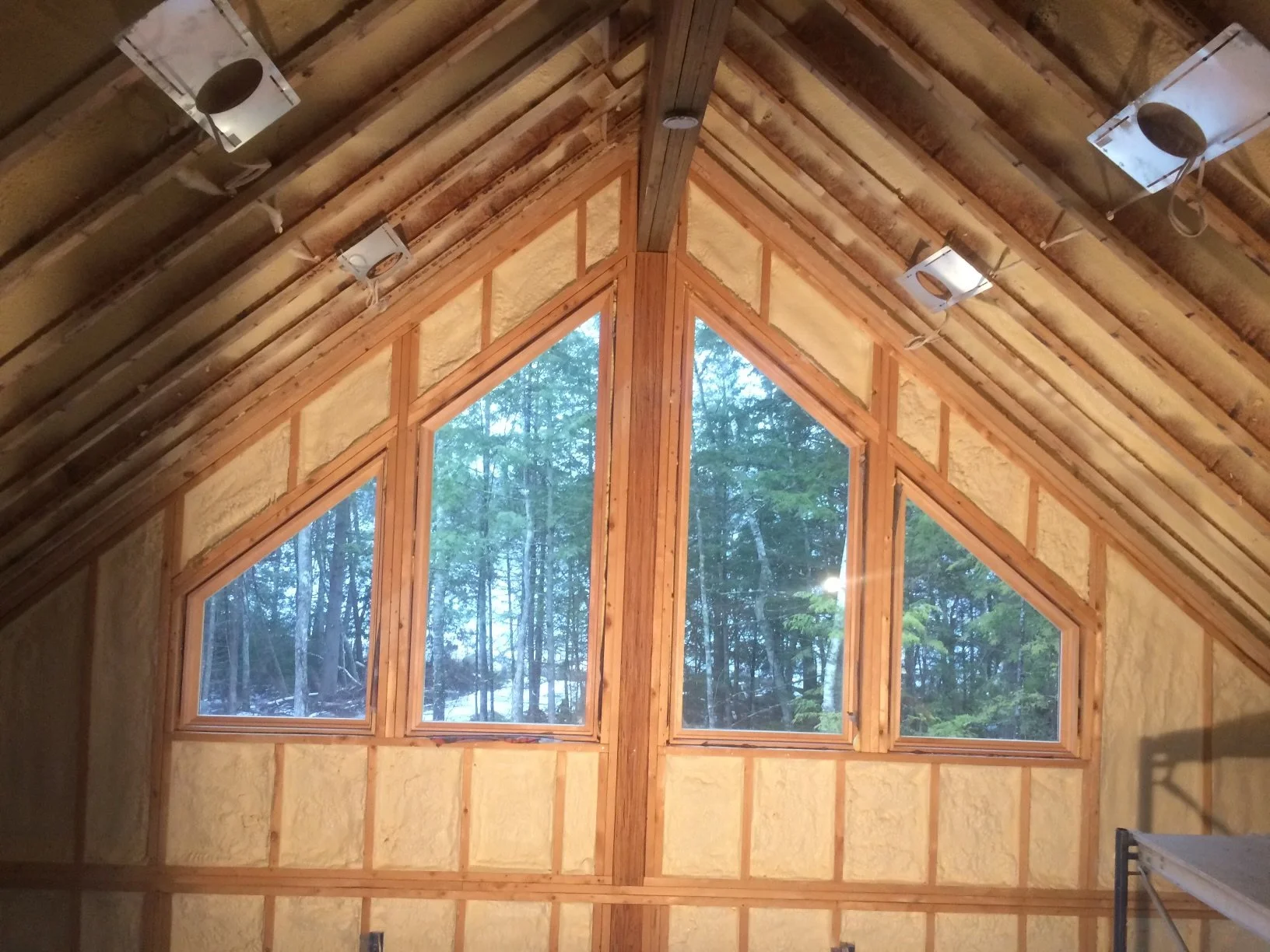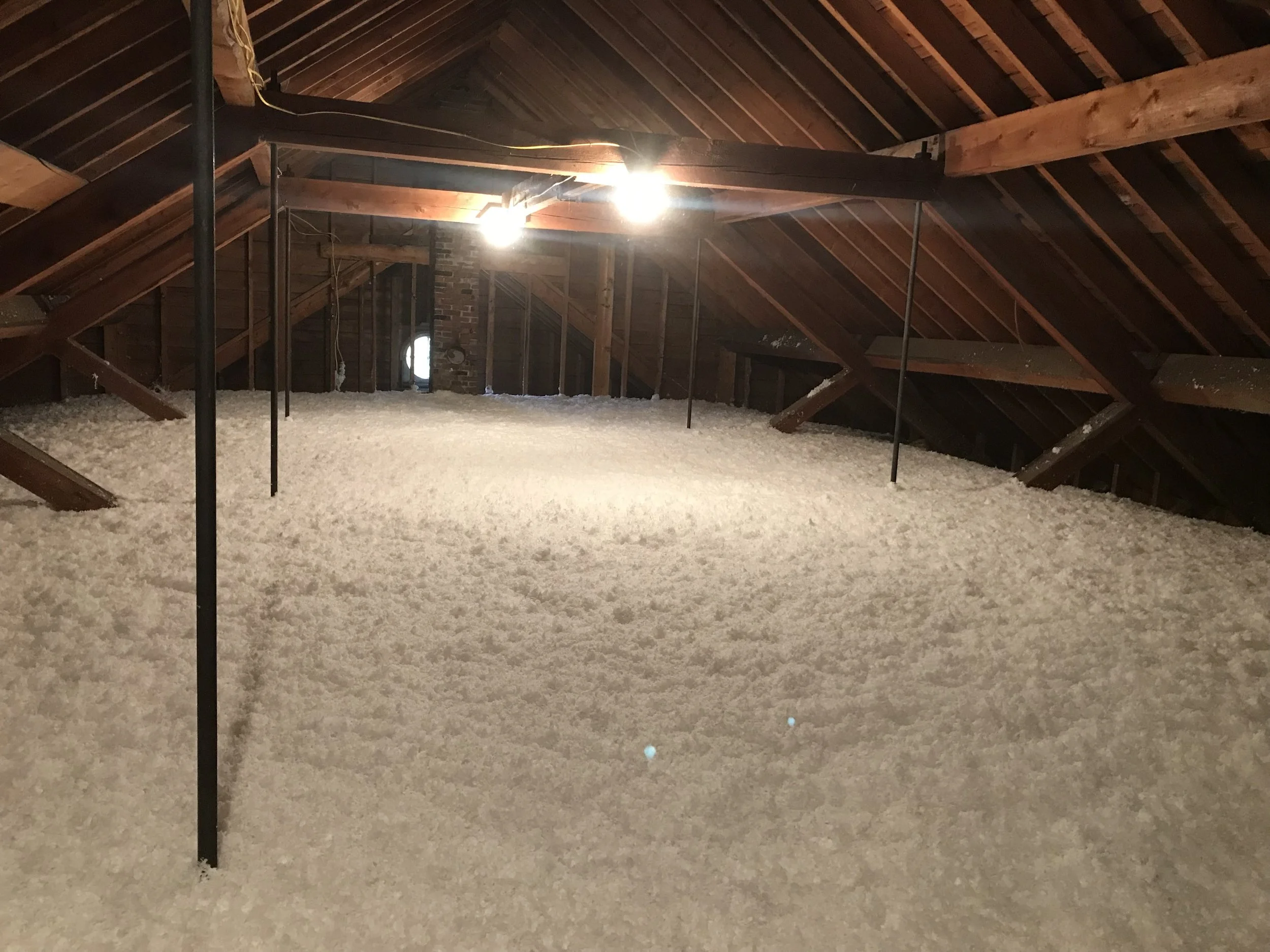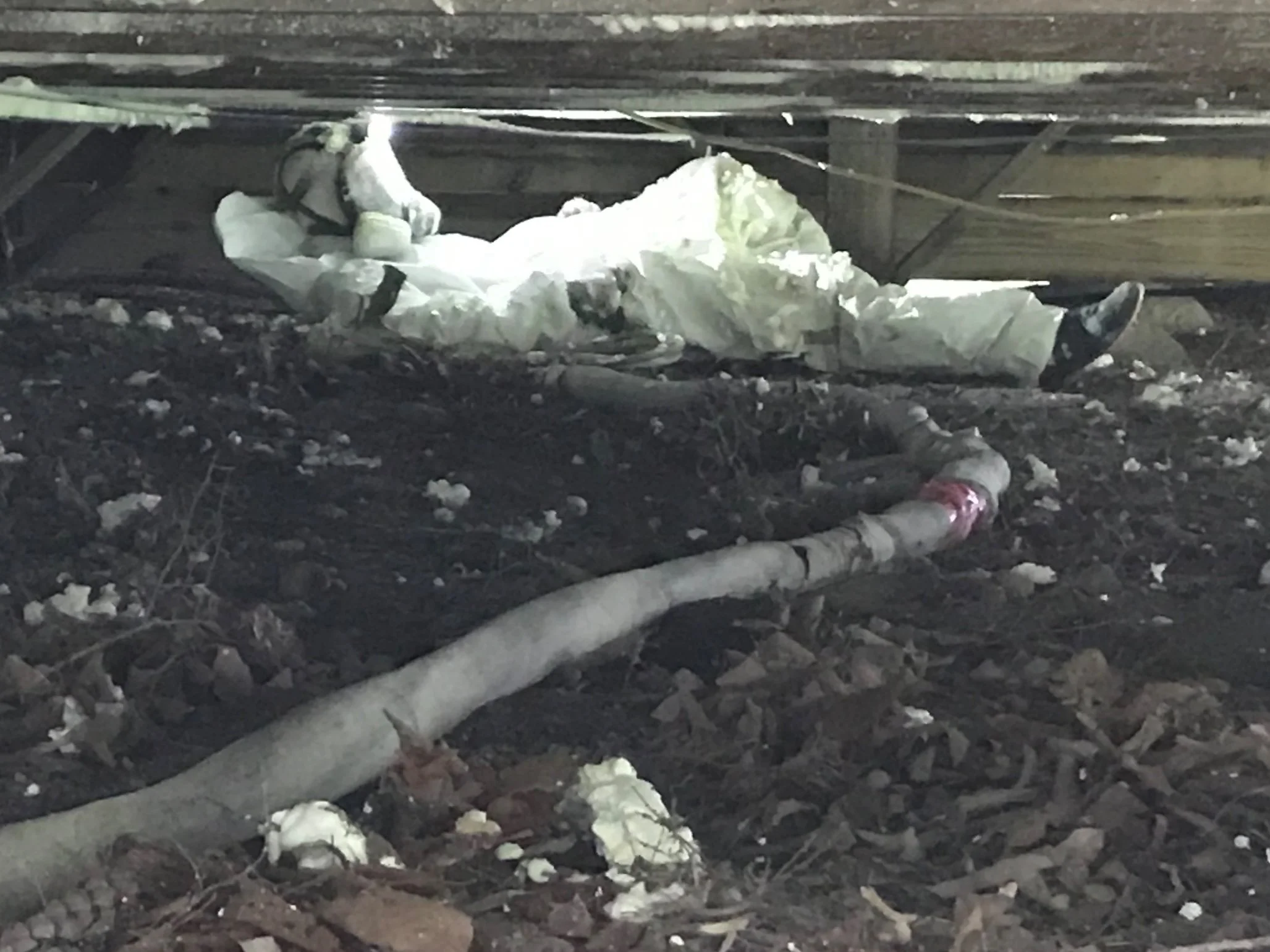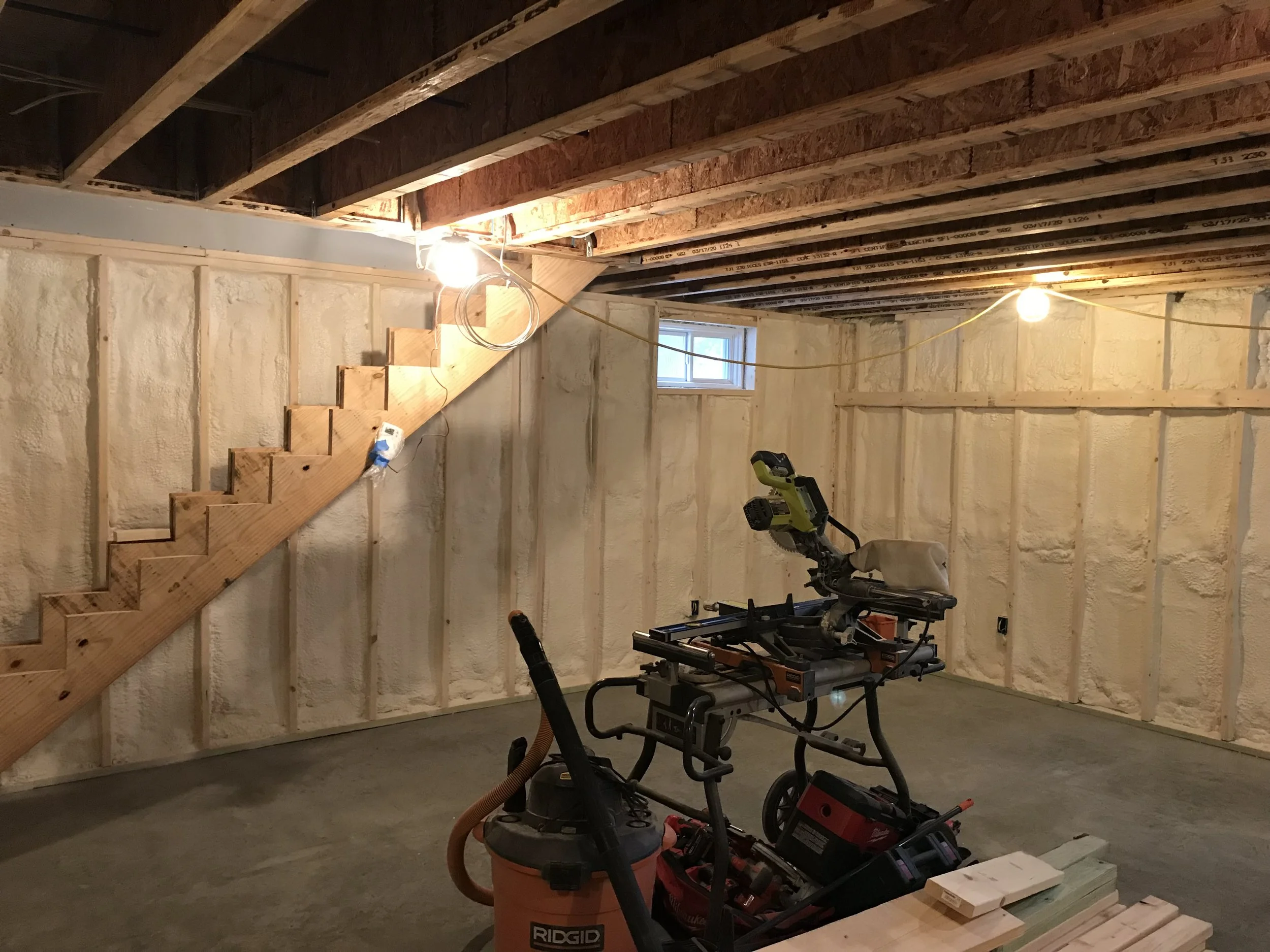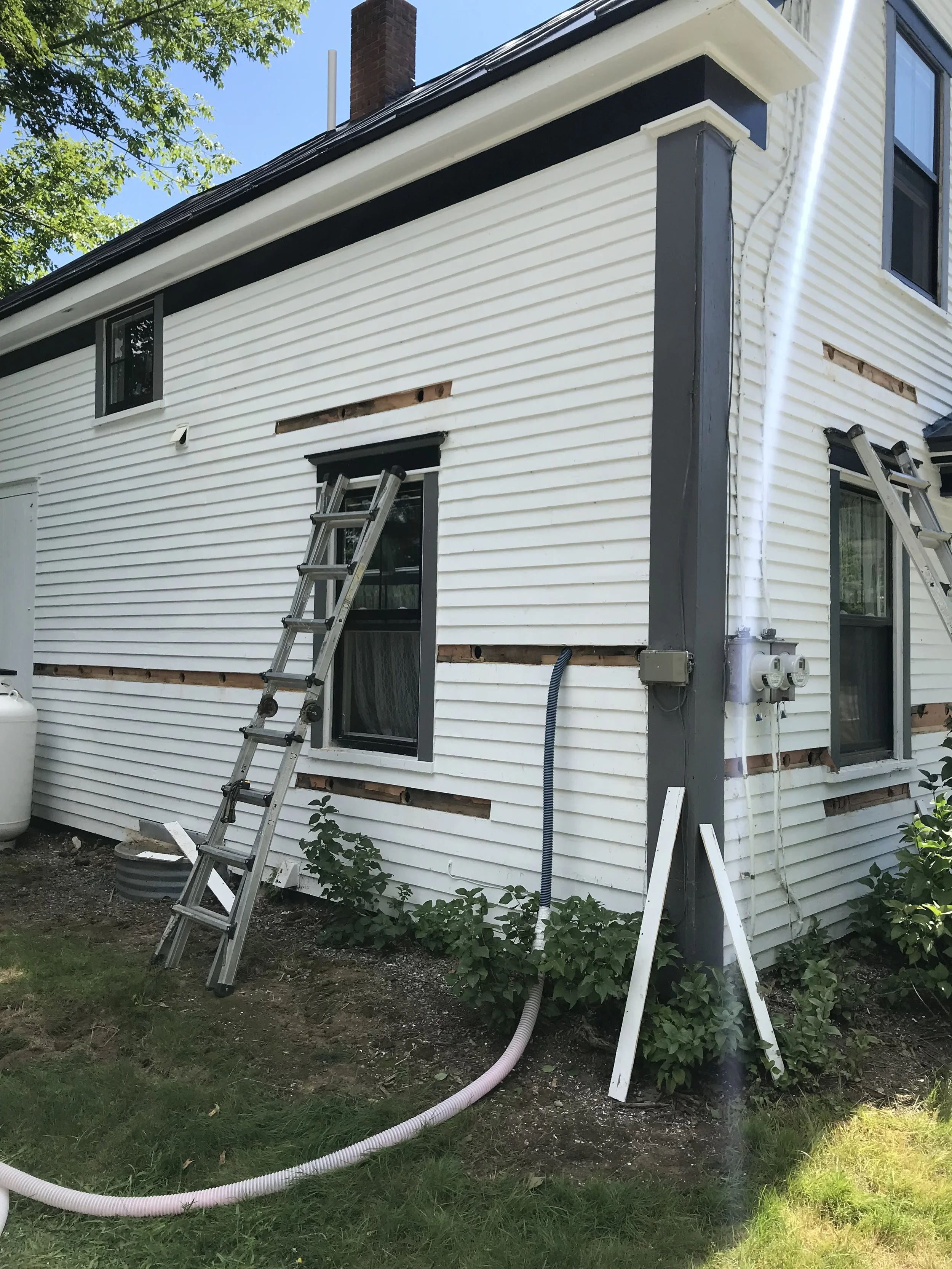
Wicked Good Services
Spray Foam Insulation
Closed cell spray foam is the “super car” of the insulation industry! It’s a high performance blend of science and innovation that provides many benefits to your structure;
Moisture/Air Barrier
Indoor Air Quality Control
300% Structural Reinforcement
Energy Efficiency up to 40%
Ignition Barrier - Class One Fire Rated
Stops Solar Radiant Heat
The foam we use is an actual 2# closed cell spray foam. It has a R-value 7 per inch, which means optimal performance and remarkable energy savings.
Click on the drop downs below to learn more about our services.
-
There are two different types of spray foam that are commonly used: open cell spray foam and closed cell SPF. While both are good spray foam options, they possess different properties that may influence the amount of structural strength they add to a structure.
Let’s take a closer look at the two spray foam options. First, it is important to know that spray foam is made up of isocyanate and polyol resin cells. When mixed and exposed to the air, it is these cells that harden.
Open cell foam is a type of foam that is made up of cells that are not encapsulated. Deliberately left open so that air and moisture can enter, these cells do not harden as rigidly when exposed to open air. This makes open cell foam softer and more flexible.
Closed cell foam, as the name suggests, features cells that are completely closed off from air and moisture. The absence of air inside the cells increases the density of the cells, and therefore the foam itself. The nature of closed cell foam also causes it to become more rigid when it hardens. The combination of its density and rigidness helps create a surface that is much more stable than open cell foam when applied.
The high-density and superior rigidity of closed cell spray foam insulation adds extra reinforcement and stability to exterior walls or stud cavities where it is applied. This assists the resistance to compression from the structural load and the resulting stresses that it creates.
In fact, research conducted by the National Association of Home Builders (NAHB) has shown walls installed with closed cell spray foam have a racking strength up to 300% greater than walls without it.
With that in mind, it is easy to understand how open cell foam is not able to provide the same structural strength as closed cell foam. For superior spray foam structural integrity, go with closed cell foam.
-
Spray Foam Insulation Fire Barrier
The intumescent coating is a fire barrier that is applied over Spray Polyurethane Foam (SPF) to achieve a “15 Minute Alternative to Thermal Barrier” and “5 Minute Ignition Barrier.” Intumescent coatings starve a fire, preventing oxygen from reaching the spray foam insulation. This is 100% non-toxic, drain-safe, non-fuming coating designed for walls, attics, and crawlspaces.
This 5 gallon spray foam insulation is compliant to IBC & IRC codes; 3rd party inspected and listed by Warnock Hersey ( WN-20947), and meets the requirements of the AC456 criteria recently updated in AC377. DC315 has more than 200 tests worldwide over a wide variety of foams. It has one of the best coverage rates for foam at 115 sq ft/gallon, making it very cost efficient.
• No formaldehyde
• Coverage rate averages between 73-115 sq ft per gallon, depending on foam manufacturer
• DC 315 is AC456 compliant
• More full scale Thermal and Ignition Barrier tests than any other product in the world
• DC 315 - 3rd. party inspected for Quality Control: Warnock Hersey Intertek W/N 20947
• Tested useful life, fire resistant property is not compromised after 50 years
• Top coat for color, weather & moisture protection, tested, via NFPA 286 full scale testing
• ANSI 51 testing for incidental food contact
• Passed CAL 1350 - qualify DC 315 as a low-emitting material in the Collaborative for High Performance Schools rating system (CHPS Designed & CHPS Verified)
• Passed strict EPA V.O.C. and AQMD air emission requirements (for all 50 states)
• 3rd Party tested Single Coat Coverage up to 24 Mils WFT, on ceilings and walls
• Meets Life Safety Code 101
• Meets LEED point requirements
-
Dense packing is the method of insulating the exterior walls of a home by blowing loose fiber insulation into the wall cavities with a high pressure industrial fiber blowing machine. Though it is often necessary to drill holes in the exterior wall between the studs in order to fill each empty cavity, which is accomplished by inserting a small diameter hose up and down each bay. The dense pack method is by far the least invasive and lowest cost for installing insulation into the walls of an existing home.
The process is labor intensive and generally speaking we remove the exterior wall finish with a utility knife by hand, being careful not to destroy the finish of the clapboard, cedar shingle, or whatever your particular finish might be. Vinyl siding is sometimes easier to work with depending on the time of the year and temperature, and its actual age. The older it is, the more brittle it can be and create problems unforeseen prior to doing the the actual work.
We take care to keep the job site clean and neat each day so not create unneeded hazards for the work environment. The job site is not always perfect, but it is maintained and respectable should there ever arise the need for the surprise inspection of any kind.
-
We are pleased to offer additional insulation options for your home, business, or other structure. We are fully equipped to install or extract blown-in or rolled-in insulation.
Attic Caps
We offer fiberglass blown-in insulation in for attics that may need to have a greater R value added or for new construction projects.
InsulSafe SP is a Certainteed product, a fiberglass blowing insulation used in residential and commercial construction as a thermal and sound absorbing insulation. It is designed for pneumatic installation in open (attic) and closed (sidewalls/floor) construction cavities. It may be used in retrofit applications.
Benefits:
Better coverage
Thermally efficient
Excellent sound control
Won't settle
Lasts for life of the home to reduce energy demand and costs
Environmentally sustainable
Noncombustible
Noncorrosive
Won't rot or decay
Won't absorb moisture or support fungus growth
GREENGUARD Gold Certified
Limited lifetime warranty
Formaldehyde-Free
Spray Foam Q & A
-
We calculate the cost of your spray foam insulation job by the board foot not the square foot. We have to consider the square footage first, then, the thickness of the foam required for your application, which takes us to the board foot total.
-
Distance from our shop, square footage/board footage, prep-time and materials needed, condition of the structure or environment. Sometimes multiple other factors will need to be considered, which we discuss with the customer in person.
-
Short answer, Yes… If your structure is simple and straightforward.
-
Spray foam can last for the life of a home, or about 80–100 years.
-
The two main types of spray foam insulation are open-cell and closed-cell. They have different strengths and weaknesses. Open-cell spray foam has a lower R value, which is the insulation's thermal resistance. It's also not waterproof, and isn't effective as an air and vapor barrier in certain climate zones. Whereas closed cell spray foam is an air and moisture barrier at 2” thick and can be used in multiple different interior and exterior applications.
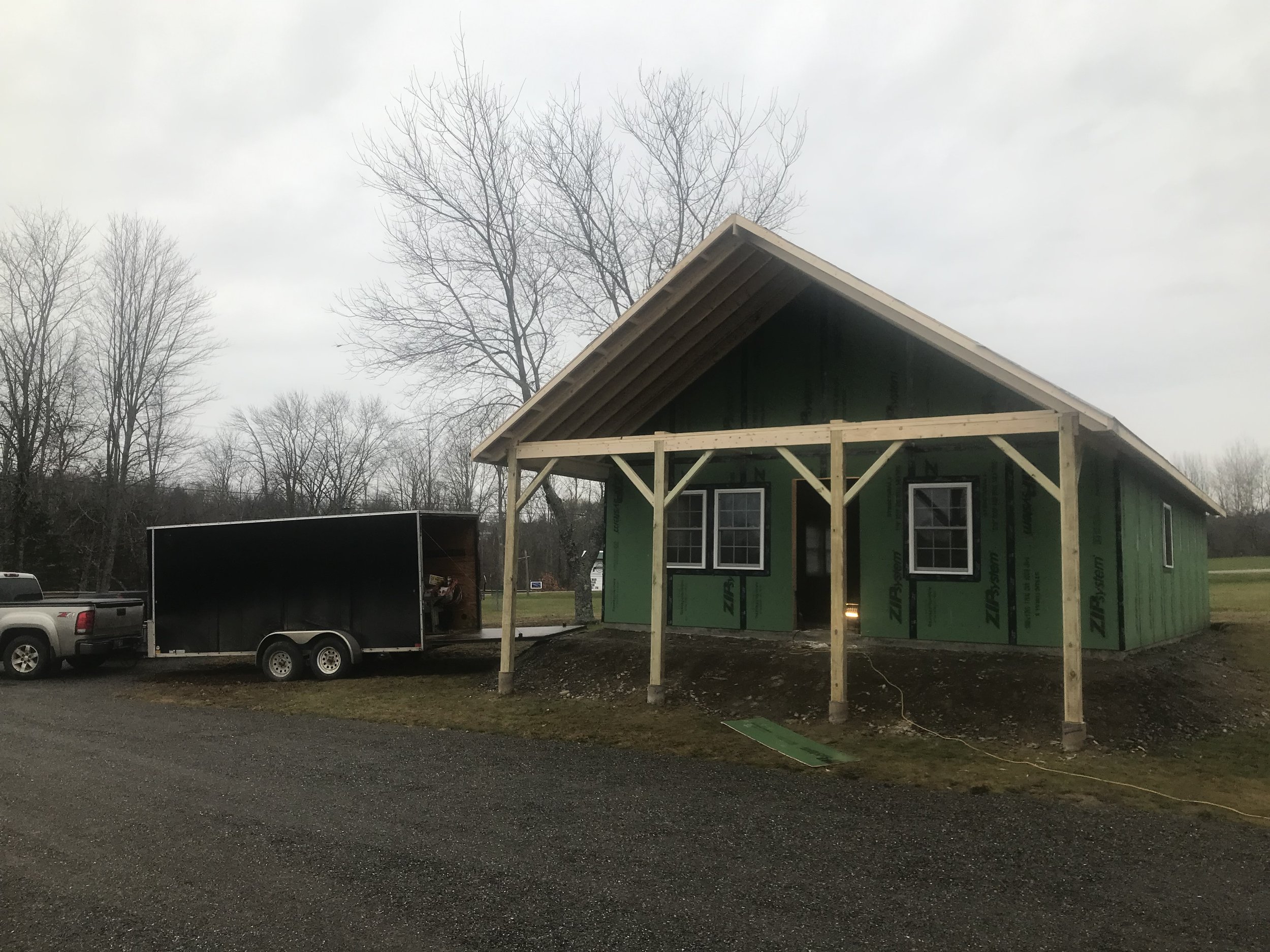
If it needs to be insulated,
let’s use Wicked Good Spray Foam.
Do you have an unusual insulation job? Request a quote to tell us more.


